Yesterday, I wrote about Yin yoga and its benefits for runners. Yin yoga works the connective tissues in your body to encourage the release of fascia and increase circulation. If Yin yoga sounds like something that would help your running practice, I’d like to give you a heads up before your first class.
By the way, I’d like to suggest that the person in title photo is NOT a runner. Or has no hamstrings, one or the other…
7 Things to Know Before your First Yin Yoga Class
1. Time in poses
Unlike in your power yoga class, you’re not going to flow from pose to pose doing sun salutations and perfecting your warrior formations. You will only do a handful of poses the entire class. You will hold those poses for a few minutes, encouraging your muscles to relax and your connective tissues to release. Traditionally, you hold poses for 5 minutes or more, but most classes I have attended hold poses for 2-6 minutes.
2. Props and physical assists
Again, this depends on the teacher. Traditionally, few props like blocks or blankets are used, and teachers are encouraged to let you move you into the suggested shape on your own. Other teachers provide a lot of props and help you set them up to give you support during the pose. Know there are different styles of teaching Yin, so find a class that works best for you.
3. Tenet One: Find an Appropriate Edge
There are four tenets in Yin yoga. One, is to not force yourself into what you think the shape/pose should look like. Don’t push hard. Find an edge and maybe even back off a little. You’ll be spending a good amount of time in the pose and gravity might sink you further.
4. Tenet Two: Be Still
Occasionally, you may need to intentionally adjust. Sometimes my hamstring pulls too hard on my knee and I have to lift my knee to relieve that pain. Or perhaps your body has relaxed a great deal and you can sink further into the pose. OK, but don’t fidget. Part of Yin is learning to settle into something uncomfortable and finding some ease there.
5. Tenet Three: Hold for Time
Relax, find ease, breathe comfortably, and wait for your instructor to tell you when the pose is over. Holding poses for so long is great for runners. Our big muscle groups can be stubborn, and sometimes it takes me most of 5 minutes to have my quads relax so the pose can actually work on the connective tissues around them.
6. Tenet Four: Release with care
Get out of the poses gently and thoughtfully. You’ve sunk into a pose and been there a long time. Don’t jerk out of it. You could strain or injure something, which will not help your running.
7. Don’t get too sleepy
While the poses can be uncomfortable, as you work to find ease, you may swing to the other side of the pendulum. If you have trouble staying awake, keep your eyes open with a soft gaze for the first half of the class. Having that extra light enter your brain will help keep you on the awake-side of relaxed. If I close my eyes during poses right off the bat, by the end of the hour, I’m fighting sleep.
Yin yoga is my favorite yoga style as a runner. My hips feel more open. The joints in my legs feel “greased up” and more movement is available to me. My mind is quieter and relaxed.
I think Yin yoga can be difficult for all people, not just runners, because it’s so ingrained in us to be busy and do all of the things. But once you adjust to Yin’s quiet pace, you may find yourself craving it.
Further Reading & Sources:
- My post on Yin Yoga for Runners
- Yoga Journal’s Four Tenets of Yin Yoga

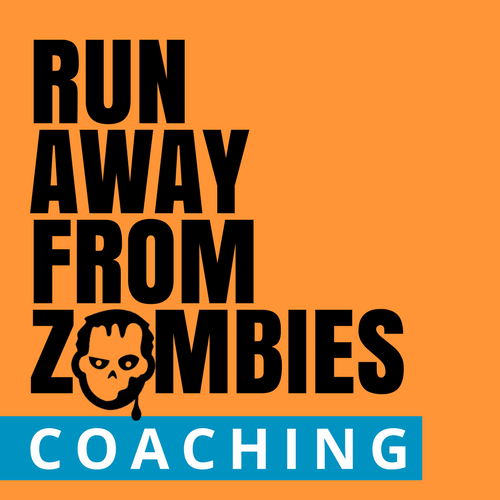
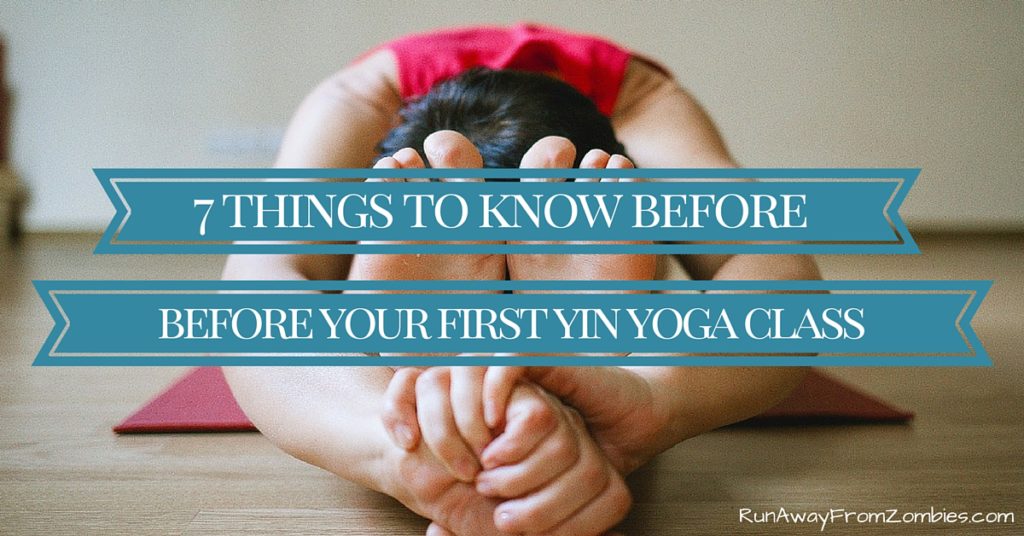
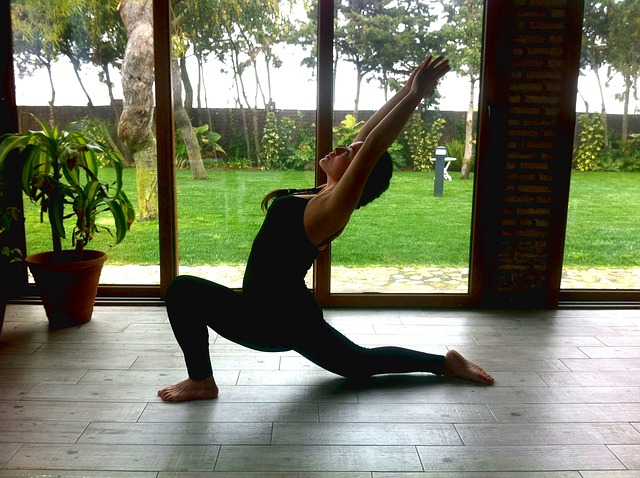
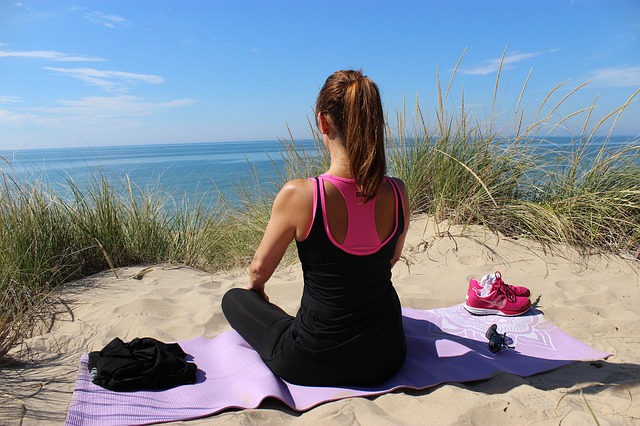


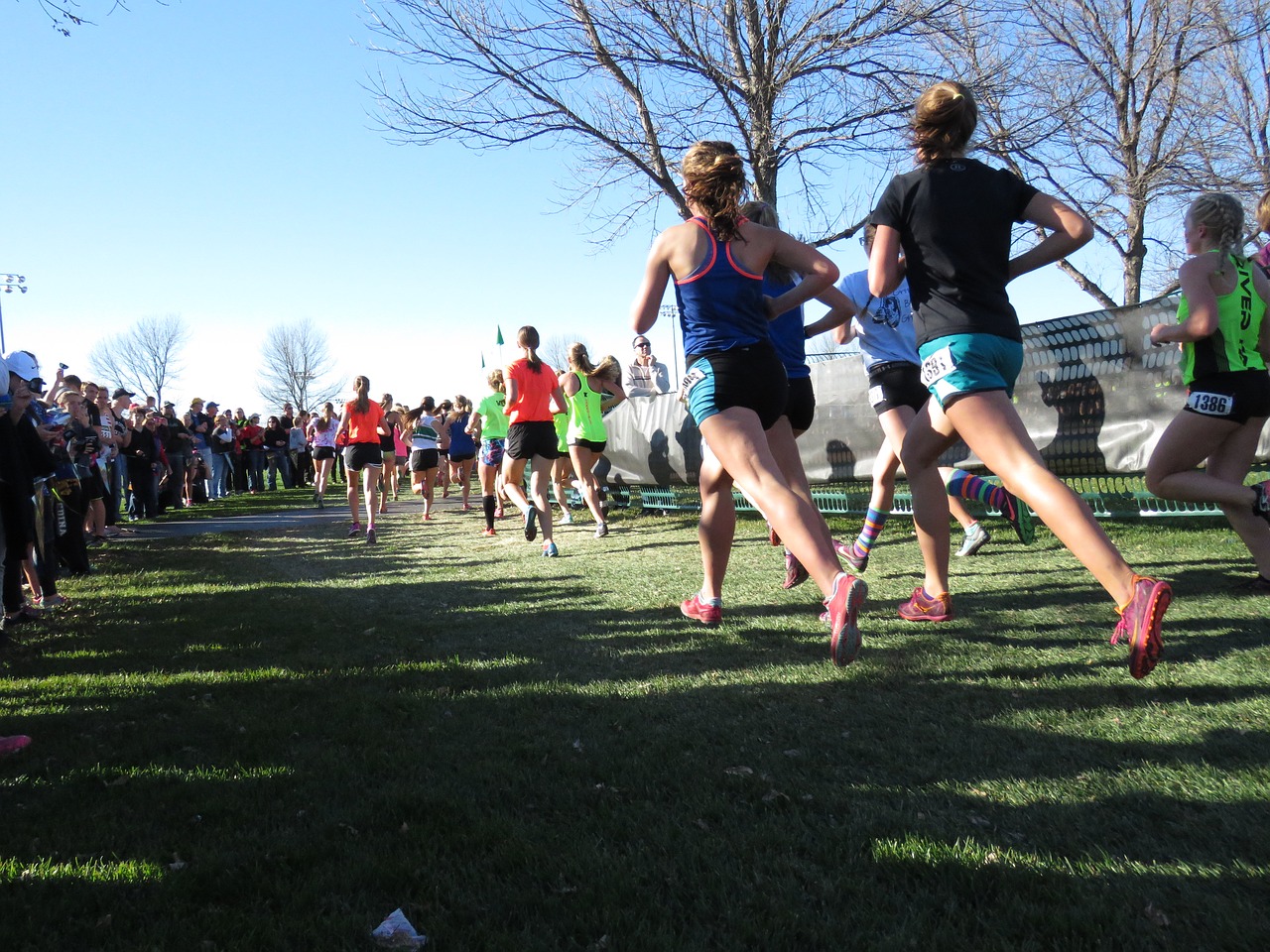
I have to thank you for the efforts you’ve put in writing this blog. I really hope to check out the same high-grade blog posts by you later on as well. In fact, your creative writing abilities has inspired me to get my very own website now 😉